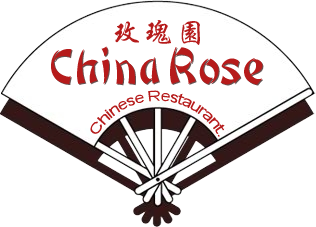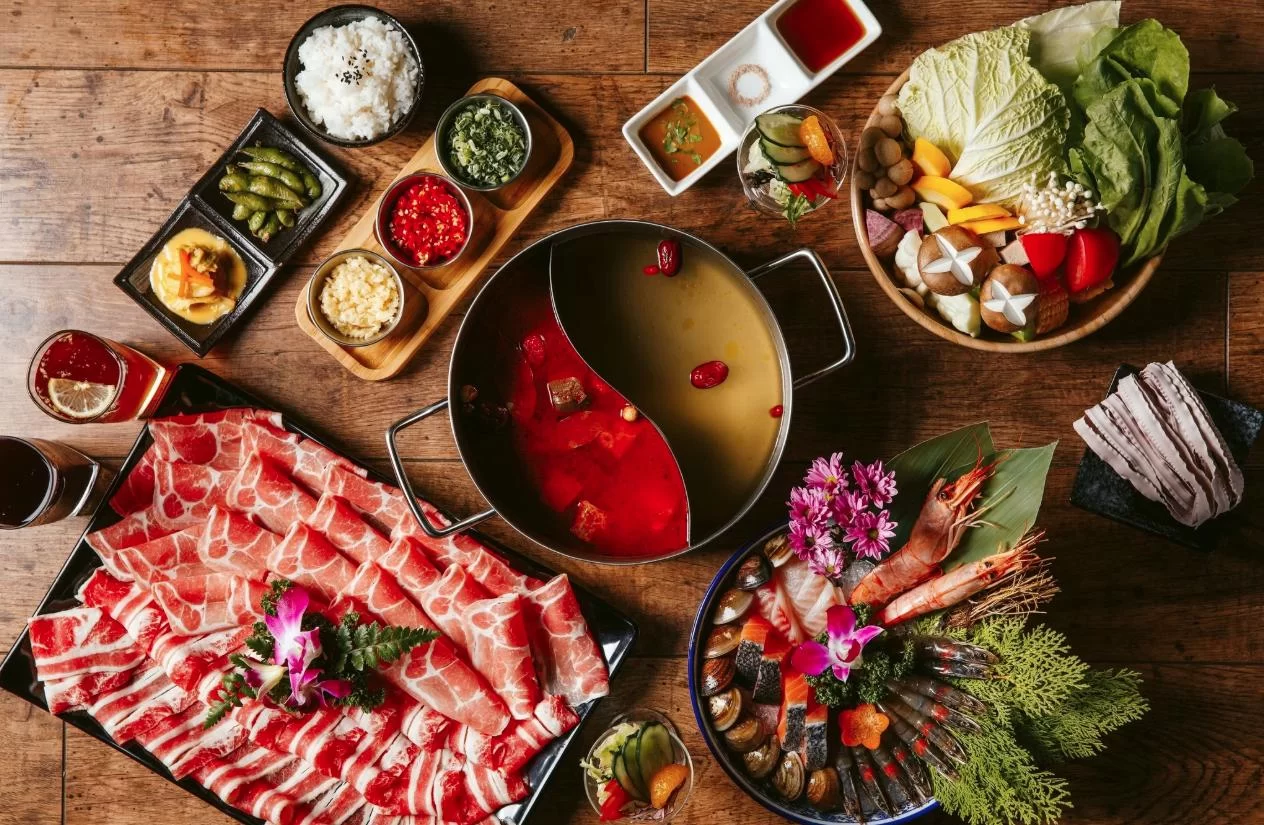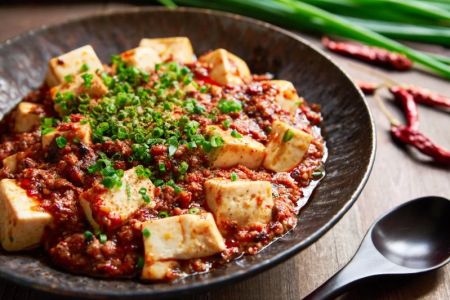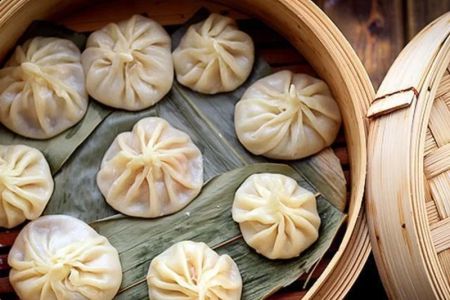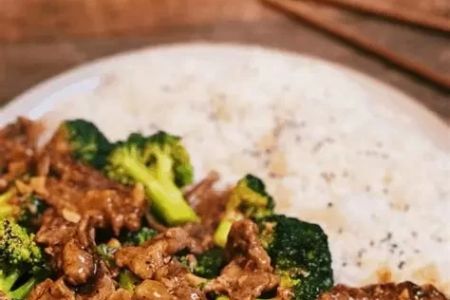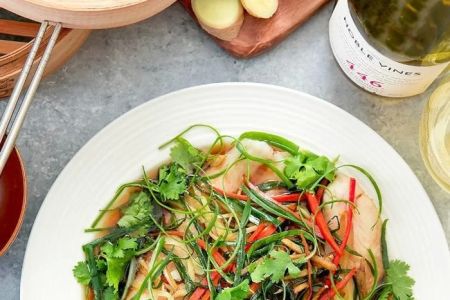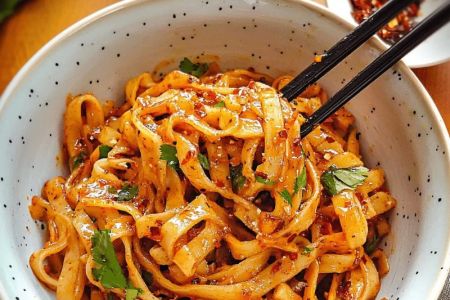- 1 - Cultural Roots of Chinese Soup Making
- 2 - The Importance of Broth as the Foundation
- 3 - Techniques and Ingredients in Traditional Chinese Soups
- 4 - Regional Varieties and Flavor Profiles
- 5 - Family Stories and Everyday Traditions
- 6 - Modern Adaptations of Chinese Soup Making
- 7 - Nutritional Benefits of Homemade Chinese Soups
- 8 - Where to Learn and Explore Authentic Chinese Soup Recipes
Cultural Roots of Chinese Soup Making
Chinese soup making is deeply embedded in the culture, often viewed as both food and medicine. From ancient times, soups were prepared not just to satisfy hunger but also to balance the body’s energy according to traditional Chinese medicine. A bowl of hot broth was more than comfort—it was a way of nurturing health and preserving family traditions. This art of combining ingredients with purpose is what makes Chinese soups stand apart from other cuisines.
The Importance of Broth as the Foundation
In Chinese cooking, the broth is the heart of the soup. A well-crafted broth, simmered for hours, draws out the essence of meats, bones, and herbs. Whether it’s a light, clear chicken broth or a rich pork bone soup, the foundation determines the depth of flavor. Unlike Western stock that may serve primarily as a base for sauces, Chinese broths often stand alone as nourishing meals. The patience involved in this process exemplifies the artistry behind Chinese soup making.
Techniques and Ingredients in Traditional Chinese Soups
Chinese soups use a wide range of techniques, from slow simmering to double boiling. Ingredients vary depending on season and purpose. For example, winter soups often feature warming spices like ginger, while summer broths highlight cooling elements such as winter melon. Commonly used ingredients include shiitake mushrooms, lotus root, Chinese herbs, and goji berries, each chosen not just for flavor but also for their health benefits. This careful selection shows the balance between taste and wellness.
Regional Varieties and Flavor Profiles
The diversity of Chinese soups reflects the country’s vast geography. In Cantonese cuisine, soups are light, aromatic, and often herbal. Sichuan soups, by contrast, are bold and spicy, enriched with chili and peppercorns. In the north, lamb soups with noodles provide warmth against harsh winters, while coastal regions offer seafood-based broths full of freshness. Each region’s interpretation highlights local ingredients and traditions, making the art of Chinese soup making an evolving culinary tapestry.
Family Stories and Everyday Traditions
For many families, soup is a daily ritual. Children often recall the smell of broth simmering in the kitchen after school, signaling warmth and comfort. One memorable example is how grandmothers pass down secret recipes, adjusting seasoning by instinct rather than measurement. These family traditions turn soup making into an art that carries both flavor and memory. For many, it is less about the recipe itself and more about the love that goes into every simmering pot.
Modern Adaptations of Chinese Soup Making
Today, the tradition continues but with modern adaptations. Busy lifestyles have introduced pressure cookers and instant pots to speed up the process while still capturing traditional flavors. Chefs in high-end restaurants are experimenting by adding global ingredients, like truffle oil or kale, to create fusion versions. Yet, the essence remains the same—capturing depth of flavor through careful broth making. These innovations ensure that the art of Chinese soup making remains relevant in contemporary kitchens.
Nutritional Benefits of Homemade Chinese Soups
Beyond taste, Chinese soups are valued for their health properties. Many recipes include immune-boosting herbs, collagen-rich bone broths, and nutrient-packed vegetables. They are often low in fat yet high in minerals, making them both delicious and nourishing. Modern science now validates what tradition has long known—that a bowl of soup can play an important role in maintaining overall wellness.
Where to Learn and Explore Authentic Chinese Soup Recipes
If you want to master the art of crafting flavorful broths from scratch, exploring trusted culinary sources is essential. At Chinese Food, you’ll find inspiration, authentic recipes, and practical tips to bring traditional Chinese soups into your kitchen. Whether you’re a beginner or an experienced cook, the journey of soup making is one that rewards patience and creativity, one bowl at a time.
